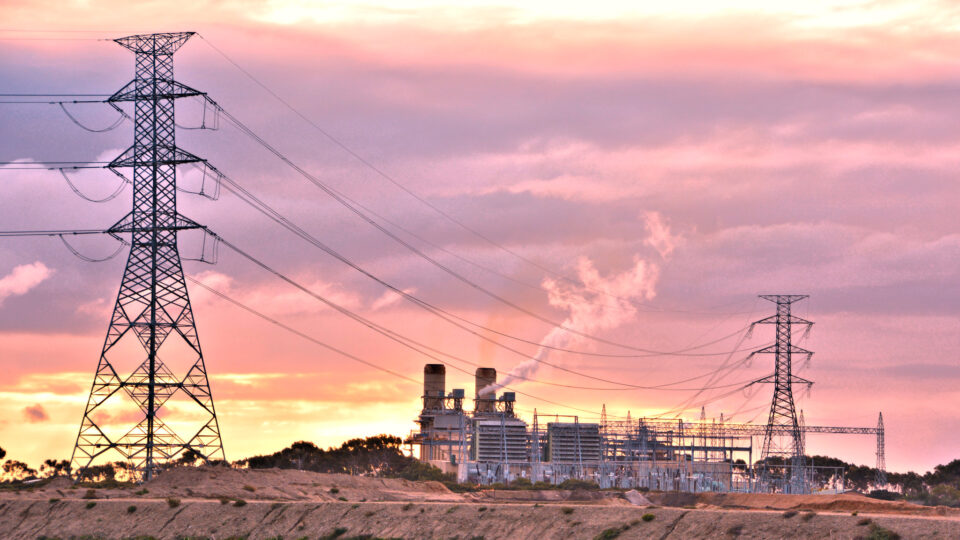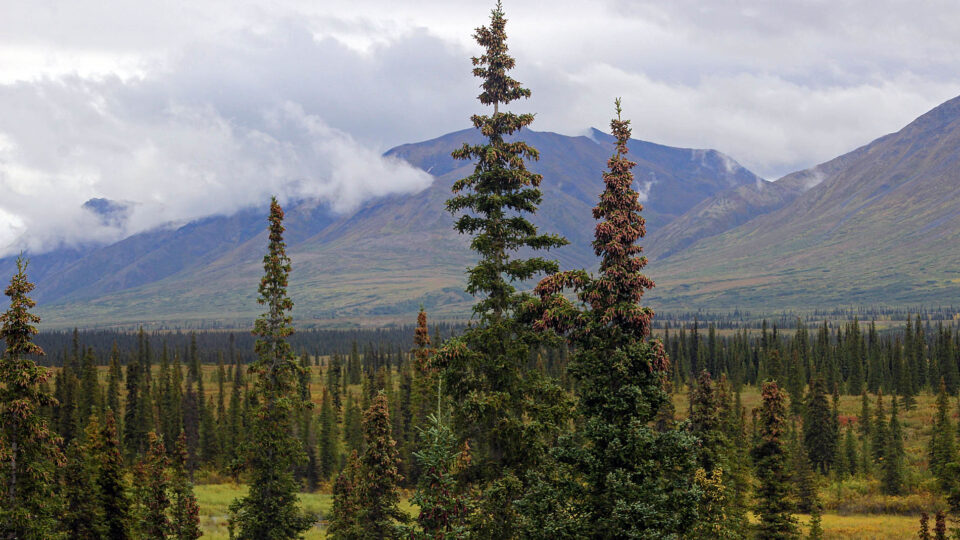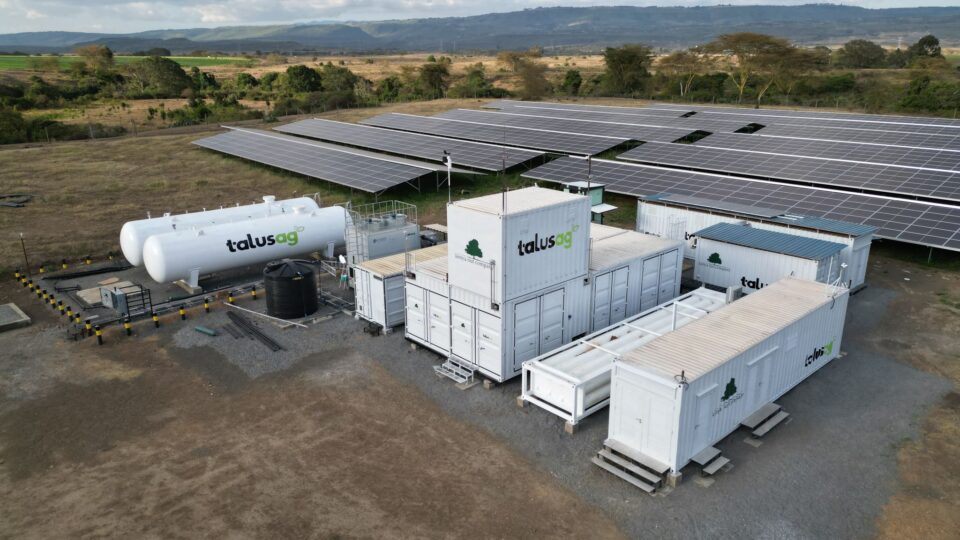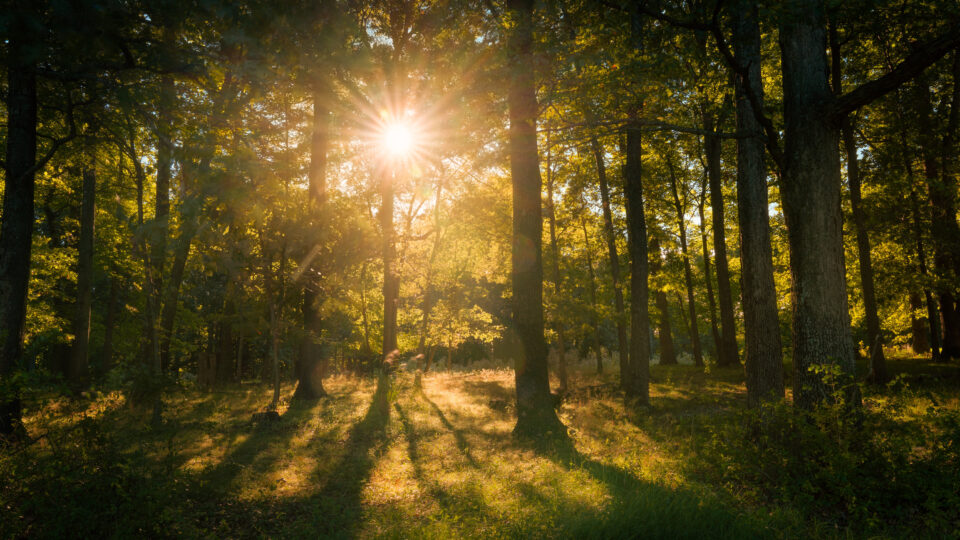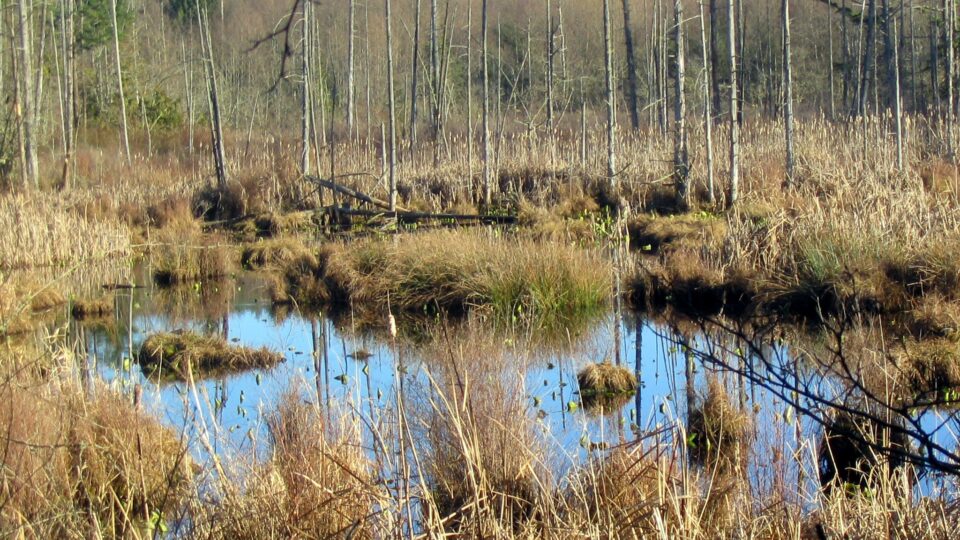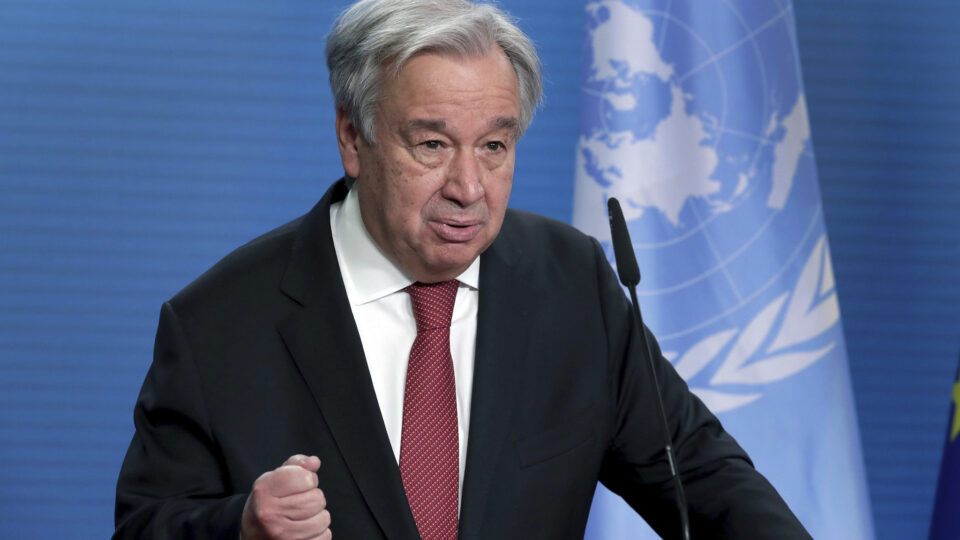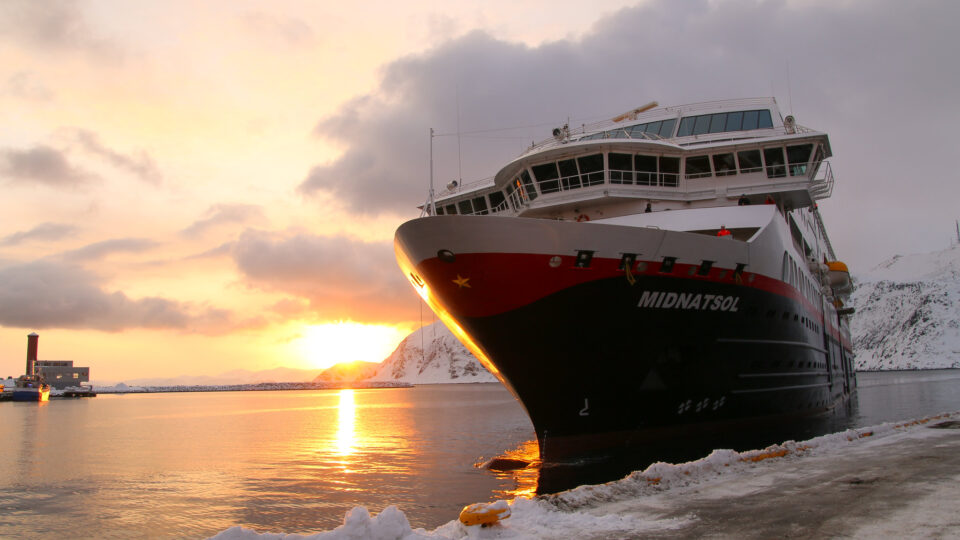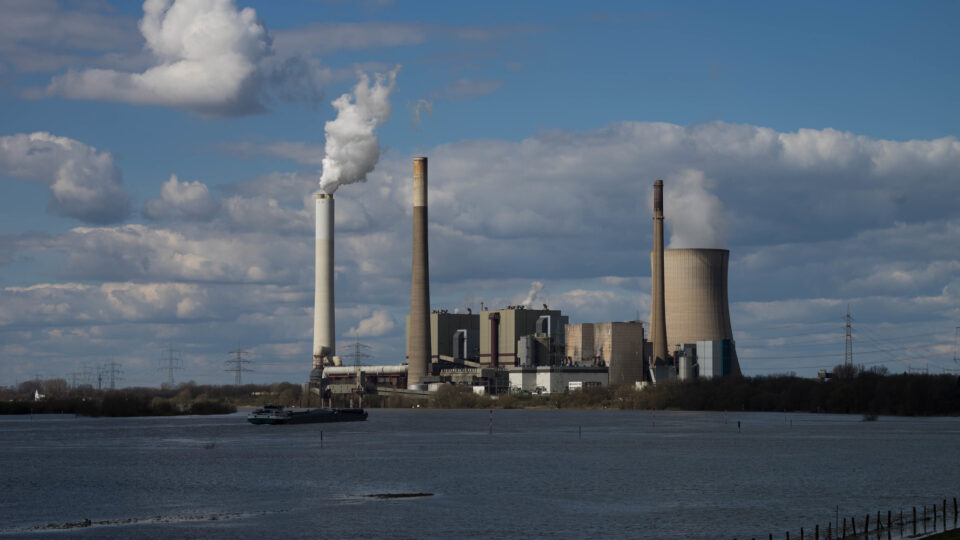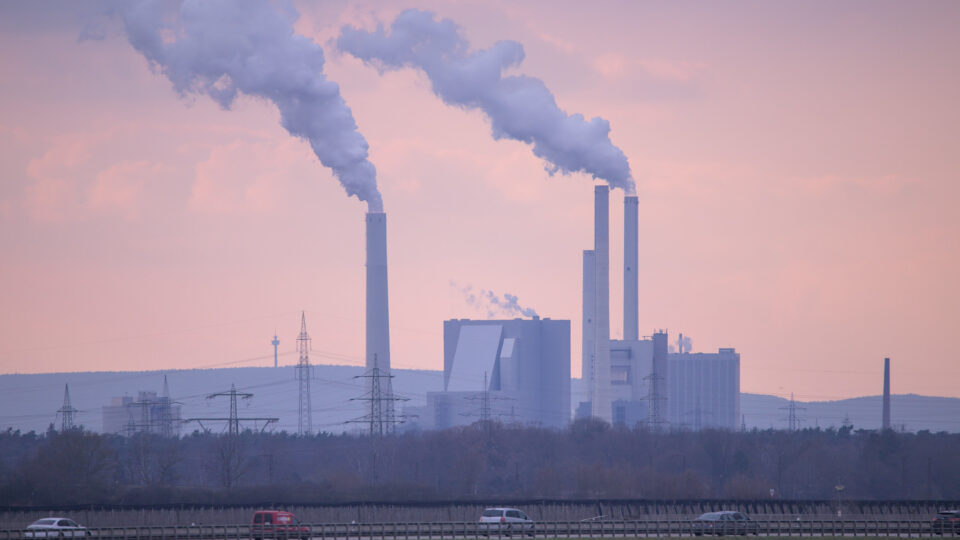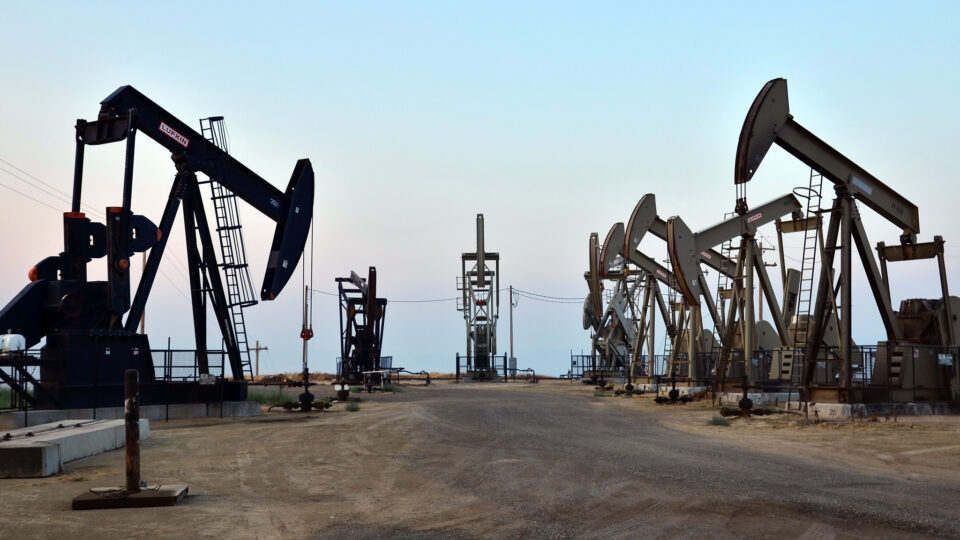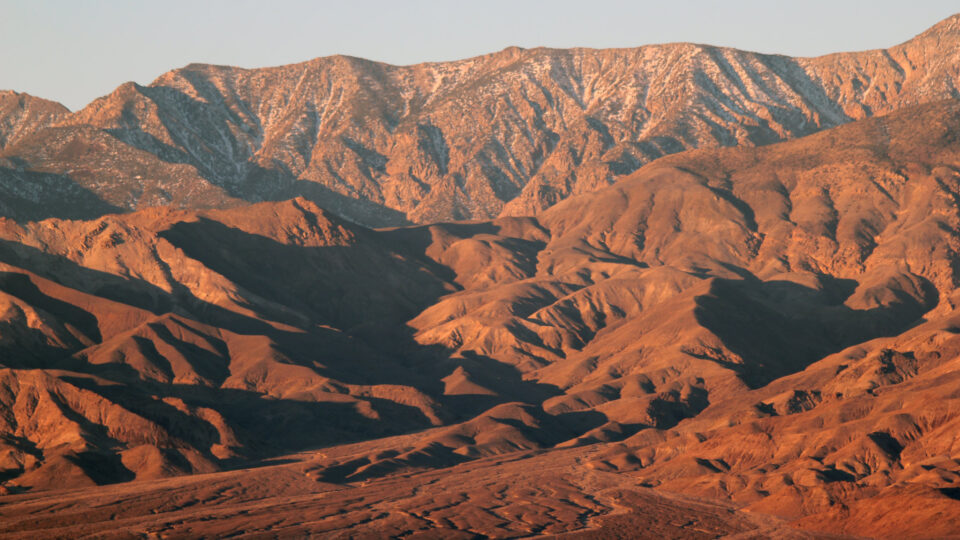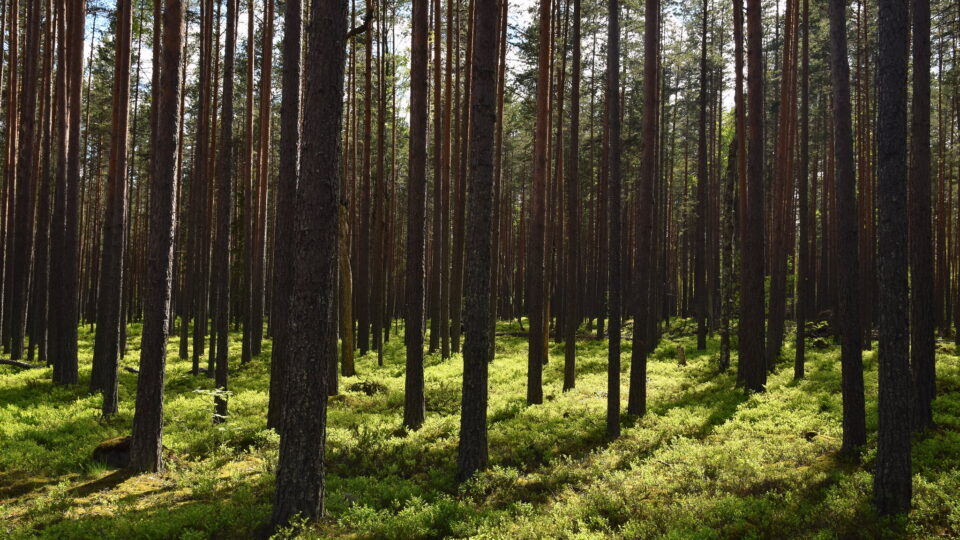Almost all the countries around the world have pledged to take action to reduce planet-warming emissions by expanding the use of renewable energy sources and phasing out fossil fuels. But very few countries seem to be taking the fossil fuel phase-out seriously.
Almost all the top 20 fossil-fuel producing countries plan to produce more oil, gas, and coal in 2030 than they do today. Countries are doubling down on fossil fuel production, which will make it virtually impossible to limit global warming to 2 degrees Celsius.
Despite having an administration that takes climate issues very seriously, the United States is now the world’s biggest crude oil producer and is ramping up exports of natural gas. Brazil, under its environmental champion President da Silva, plans to increase oil production by 63% and more than double its gas output over the next decade. India, which has promised to expand renewable energy production, will more than double its production of coal by 2030. Canada, which has a net-zero commitment enacted as law, will boost its oil output by 25% in the next 12 years. Meanwhile, countries like Saudi Arabia and Russia aren’t even pretending to make the transition away from fossil fuels.
Governments and citizens around the world may be serious about the climate crisis and are taking various actions. But the world cannot address climate change without tackling its root cause. The overwhelming force of greed and the power wielded by the fossil fuel industry has created a dynamic that is making real progress nearly impossible as fossil fuels continue to power the world.
**********
Web Links
Coming Soon: More Oil, Gas and Coal
Photo, posted June 22, 2020, courtesy of John Morton via Flickr.
Earth Wise is a production of WAMC Northeast Public Radio
